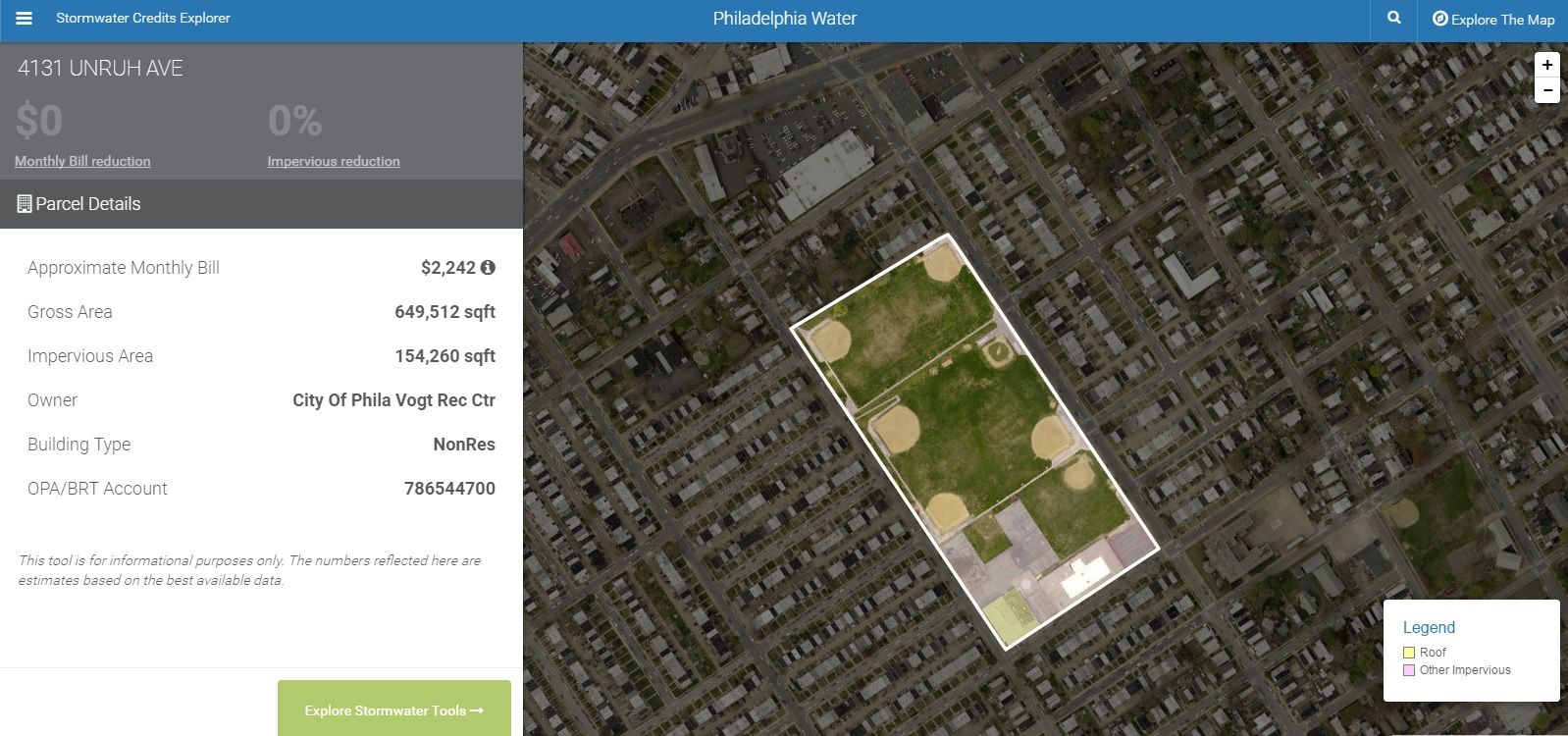Pictures of parched corn stalks and scorched, cracked soils have pervaded news stories calling the current Midwest drought the worst in 50 years. In late July, about 53% of the U.S. was experiencing moderate to exceptional drought, according to the weekly U.S. Drought Monitor.
At the same time, managing stormwater using green infrastructure is now a growing focus of efforts to improve water quality. How can these green practices flourish in the midst of a drought?
According to Richard Keagy, vice president of URS Corporation in North Carolina, there are typically four parts to creating a successful stormwater management approach — appropriate design, soil amendments, correct installation, and adequate maintenance — and all can be tailored for drought resistance.
Design.
Having several treatment areas that are dispersed can also prevent the system from getting overloaded during peak periods, making it more effective at water treatment.
While certain methodologies are consistent across the country, designs should reflect local soil and climate as well as particular pollutants of concern. In drier climates, it is important to utilize drought-tolerant plants that can withstand low-water and high-heat conditions — particularly if they will be near roads or parking lots. In addition, they should be able to tolerate varying wet and dry conditions, though “a properly constructed best management practice (BMP) should be wet only for a short period of time,” Keagy said. “Unless of course, it is a wet pond.”
Grasses are typically very drought tolerant, as are trees and shrubs with deeper penetrating roots. “These plants can survive longer drought periods because their roots grow downward versus outward to seek out water,” Keagy said. Many plants native to the Southwest are also drought tolerant, he added.
Plants often are a key component of removing particular pollutants. However, if necessary, “use elements that don’t have as many plants,” said Keagy. “Instead of using a rain garden, you may use a wet pond depending on the situation and location.” Adding volume control to a treatment train can also help with those intense, high-volume storms.
Other stormwater controls such as rain barrels and pervious pavement also have their place in managing stormwater in drought-prone landscapes.
Soil amendments.
A mixture of sand, compost, and top soil gives plants nutrients and holds water but still allows for infiltration. “Look at the native soil, then determine how to amend the soil to allow water to infiltrate but also allow plants to thrive,” said Keagy. The soil beneath the rain garden media also may need to be amended, depending on the soil characteristics, Keagy said.
Installation and maintenance.
While maintenance of drought-tolerant landscapes is minimal after the initial establishment period, plantings need a regular watering schedule during their first year. In addition, practices should be inspected on a monthly basis during the summer.
Richard Keagy will present at WEFTEC® 2012 as part of the session Key Emerging Stormwater Issues: Skating Ahead of the Puck. The session, organized by Andrew Reese, vice president of AMEC, will consist of other timely and innovative topics presented by leaders in the stormwater field. Check out more than 75 presentations dedicated to stormwater at WEFTEC 2012.













